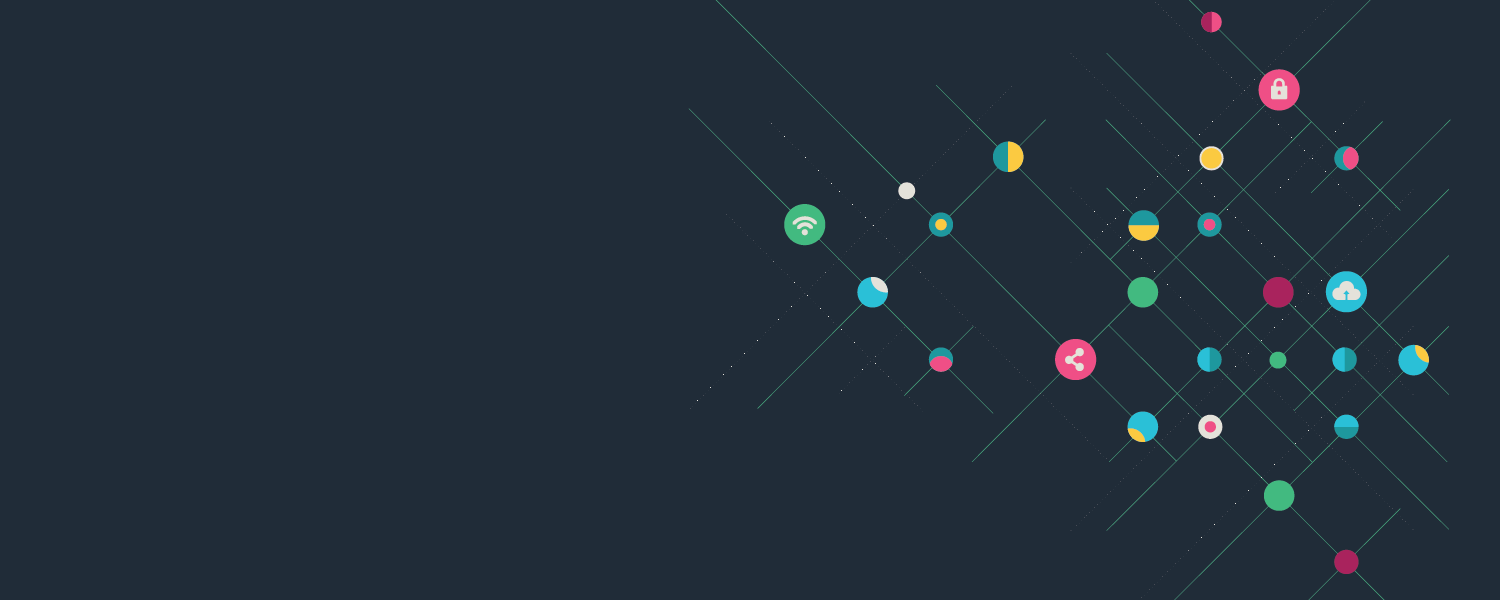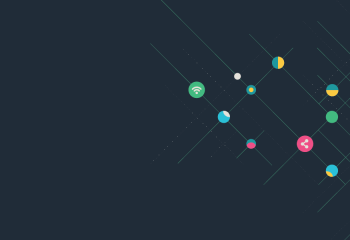
Lessons from the First Internet Ages Symposium Reflection
While reading all the reflections on the Lessons from the First Internet Ages, I was drawn to a few key themes that I think are useful, since many––especially policy makers––seem quite eager to change the Internet in all sorts of ways. The biggest theme that flowed through these pieces was humility: recognizing that so much has happened that they never predicted, and how some of their design choices had much more of an impact than they expected.
Perhaps equally as prominent––possibly because it’s related––was the recognition that what makes the Internet work are the people who use it, and that people are inherently messy and unpredictable. It’s one thing to imagine how people will use Internet tools and services. It’s another to find out how they actually use them. Designing core Internet components without recognizing that actual people will quickly make all your ideas obsolete is both a necessity (the boldness is what makes it all work) and an inherent weakness––not of the original Internet builders, but of society itself.
It seems like a weird takeaway from a discussion about the early Internet: that people are unpredictable and messy. But I think it’s the key to understanding many of the debates about the Internet.
Either way, the various pieces also made me think back to the things I had gotten wrong about the Internet, and why.
Chief among them was that I expected the Internet to keep changing more than it did. Or, rather, that it would change in more fundamental ways. That’s not to say the Internet is not changing all the time––because it is. Or that we’re not seeing unique and new ideas, applications and services appearing all the time––because we are. But I really expected a very different kind of Internet.
This may be a result of my timing in getting on the Internet. I first got online in 1993, at which point the Internet had “been around” for quite some time but was mostly limited to extreme geeks and some college campuses. I got online just before the privatization and commercialization of National Science Foundation Network (NSFNet). And while Tim Berners-Lee had already created the World Wide Web, it wasn’t yet widely known. When I got online it wasn’t via a web browser, and it certainly wasn’t via a dedicated connection, but a phone line with a sleek and fast (for the time) 2,400 baud modem.
I wasn’t searching with Google. I was using Archie and Wide Area Information Server (WAIS) (not knowing Brewster Kahle, who helped develop WAIS at the time). I wasn’t surfing websites, but I was using Gopher every day to check the weather and the news. There was no web-based email. I was using Simple Mail Transfer Protocol (SMTP) and downloading my email each day. I wasn’t chatting to people with Slack, but with Internet Relay Chat (IRC). And I spent most of my time online not on social media like Facebook or Reddit, but on another open protocol product: Usenet, using the Network News Transfer Protocol (NNTP), which had countless news groups about nearly any subject you could think of.
It was in one of those niche forums, based on an inside joke inspired by a science fiction novel from the 1970s, that I first heard about the World Wide Web. Some people in the forum were at the University of Illinois Urbana-Champaign and were working in a group called the National Center for Supercomputing Applications (NCSA), and they told me I should check out this thing their colleague had created called NCSA Mosaic. A graphic web browser.
I still remember setting up my computer to download the 4-megabyte application––a file so large that I needed to leave my computer on overnight with the modem connected to my phone line, and hope that it wasn’t disconnected in the middle of the night, or I’d have to try again the next night (it did, in fact, take two nights).
Of course, after living through the age of text-based everything, a graphical web was eye-opening. I bought a book on HTML, made my first website (and second, and third). But I didn’t think that the web was what was going to change everything. I assumed that, just as I had used Gopher for a while before the World Wide Web appeared, I’d spend a few years on the web and then the next thing would come along and take over.
But that’s not what happened. Somewhere along the line, rather than something new overtaking the web, the web started to take over everything else. And, in many ways, this was a good thing. Some of the key principles built into the web were incredibly useful and powerful. The openness of the early web––including the simple “view source” option––made it powerful in a way I hadn’t quite imagined.
And while some might argue that the smartphone overtook the web, it only did so in some areas, and in those areas it did so in a much more controlled, much more limited and much less dynamic way. But still, in the mobile era, we saw all sorts of amazing services created, though they were entirely different from what we were promised when Steve Jobs introduced that first iPhone.
People are unpredictable, and they are messy.
While it’s fun to reminisce and think back on those early days, there are important lessons in all of this. The Internet did not need to develop the way it did. As Tim Berners-Lee made clear in his text in this series, he originally envisioned the web to be just as much about writing as it was about reading, and he certainly didn’t envision so many of the key elements that were originally designed as open protocols with multiple implementations being sucked up into gated silos owned by giant corporations.
His vision of a read/write web was one in which everyone ran their own web servers (as part of the browser). But people soon realized that part of it was too complicated, which opened the door for companies to come in and host the writing themselves. You don’t need to host your own server if you rely on someone else’s.
And that introduced a key concept to the Internet: intermediaries. And, as the submissions of both Chris Cox and Ron Wyden make clear, their prescient decision to protect those intermediaries from liability did something amazing and useful at the same time: allowing those intermediaries to be comfortable creating a more read/write web, like what Tim Berners-Lee initially envisioned––except one in which the writing was hosted by someone else, rather than yourself.
From there, insights from Nicole Wong and Reid Hoffman highlight both the opportunity and the peril that came out of this version of the Internet—one in which there was tremendous opportunity to serve all kinds of people, creating amazing optimism among us early adopters. But, as both Wong and Hoffman also note, that optimism and opportunity only existed with a bit of naivete. There was so much good that could come out of the web, even if (as Hoffman notes) much of it was to serve up something to satisfy our urges toward the seven deadly sins.
We all knew that there was this opportunity, and that it appealed to all sorts of behaviors and people. And, though some forget, those of us who were optimistic knew that the power of the Internet could be co-opted for ill. We spent years fighting against such attempts––sometimes with success, and sometimes without.
But people are unpredictable, and people are messy, and the power of being able to connect everyone to everyone reveals things that we may have missed before. Some of those are good. Some of them are amazing. I’ve built a career and a company entirely on the web. I’ve met amazing people I never would have met without the Internet. I’ve made close friends entirely because of the Internet. I’ve traveled the world because of the Internet. And many others have as well.
But some of those things are bad. Biases and beliefs that we hoped were obsolete were exposed by the Internet. And, as many of us feared, sometimes people used the Internet to connect and communicate in order to fan the flames of bigotry and hatred and ignorance.
People are unpredictable. And they are messy.
We’re now in an age where there are more questions than ever about what kind of Internet we’ll have going forward. But we should keep in mind the lessons taught in the pieces in this collection. The Internet will not develop how we want. The Internet is made up of people who have their own desires, wants and plans.
Trying to architect a perfect Internet, one where nothing bad happens and all is good, is not just an impossible task, and it’s one that’s bound to create a much worse Internet that isn’t nearly as open to possibility as the one we grew up with. There are real lessons we can learn from those early days, about the power and the promise. I’ve advocated for years that there are strong lessons we can take from what was good about decentralized and open protocols––IRC, SMTP, NNTP––and combine them with the benefits and ease of use of modern web services that stepped in to fill in the gaps that were left behind by the early builders of the Internet.
But we can finally do so with a clear recognition of the many trade-offs to every approach. Demanding centralized parties manage every bit of the Internet gives those parties immense power. Too much power.
And so, as we move into what will perhaps be a new Internet age, we should view it with both the opportunity and optimism that helped create that original Internet, but seasoned with the knowledge of what can go wrong. We need to recognize, with humility, that people–– as messy and as unpredictable as they are––are what really make up the Internet, and sometimes people do bad things. We need to recognize that it is a fool’s errand to try to stop everything bad, but we can take decades of lessons about the Internet and push for experimentation, and the ability to provide different incentives, and see if we can take those steps––sometimes messy, sometimes unpredictable––in that general direction of the opportunity we believed in, and which I still think is within our reach.
